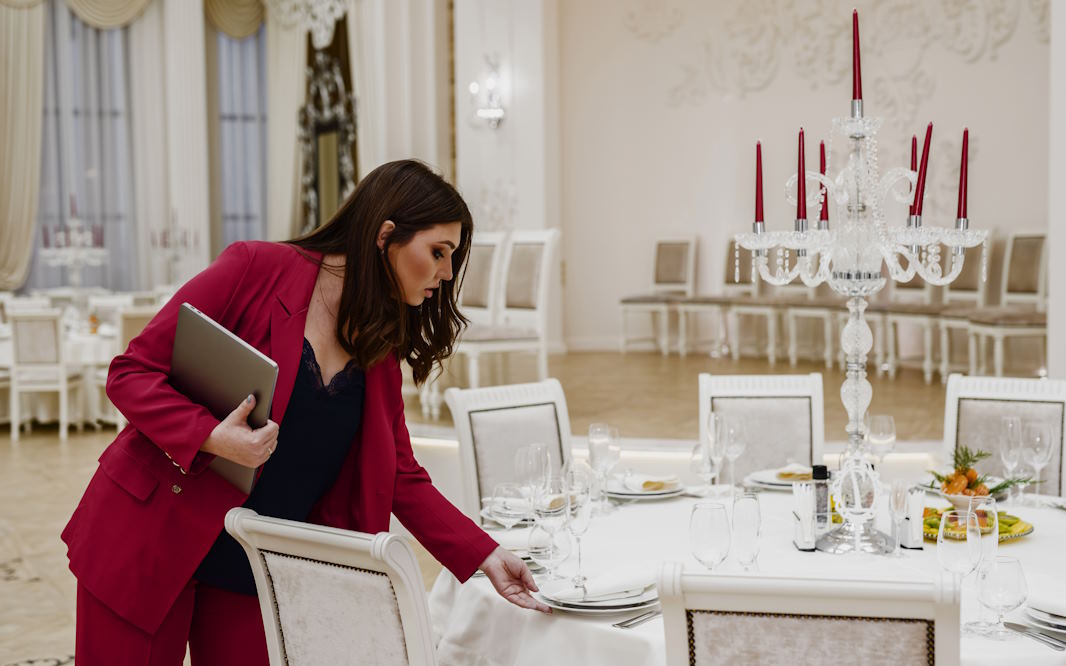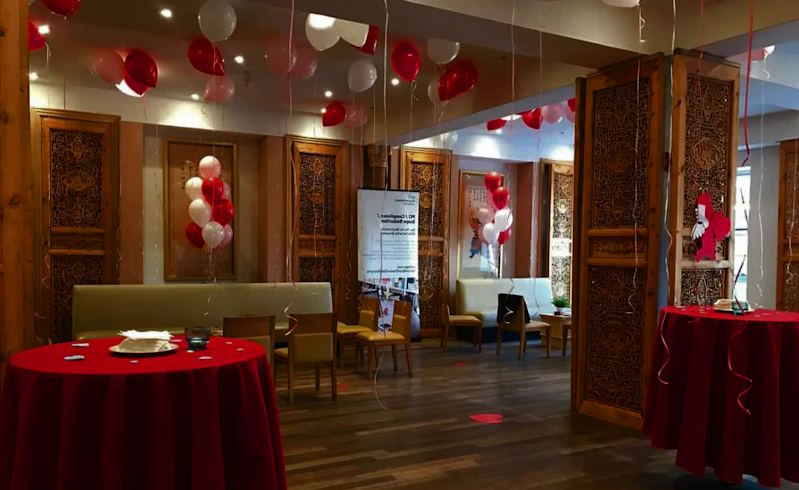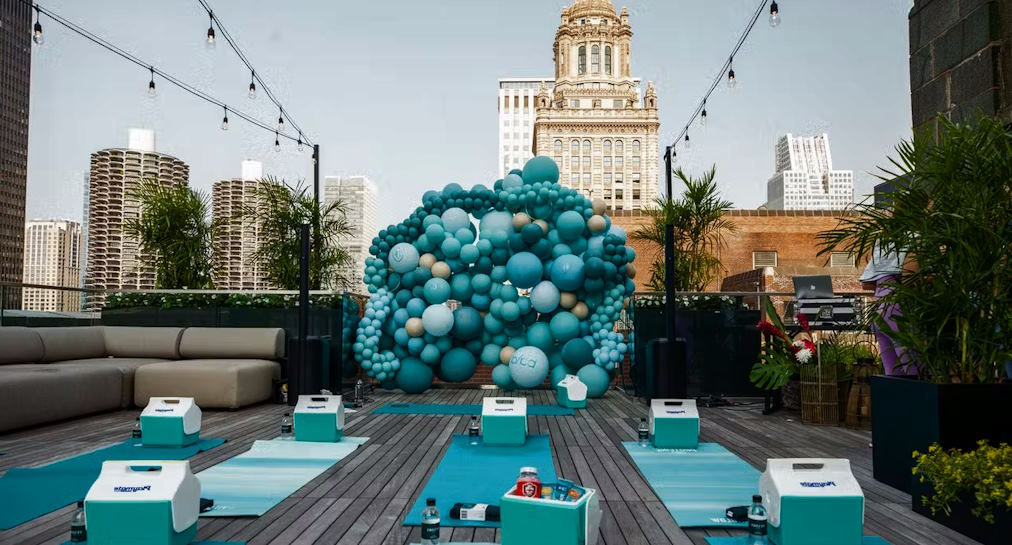
The Psychology of Event Design: How to Create an Emotional Connection
Events are no longer just gatherings; they are emotional journeys that leave indelible imprints on attendees’ hearts and minds. The psychology of event design is a fascinating realm that explores the intricate interplay between human emotions, environments, and experiences. Join us as we unravel the secrets to crafting unforgettable events that resonate deeply with attendees, elevating occasions from ordinary to extraordinary.
The Power of Emotions in Event Design
Events have the remarkable ability to etch memories into our minds, forging connections that extend beyond the physical realm. The psychological impact of events is a profound phenomenon that shapes our perceptions and emotions in ways that can’t be understated. Firstly, events have the potential to create lasting memories that stand the test of time. Through carefully curated experiences, attendees are transported to moments that linger vividly in their minds, often eliciting feelings of nostalgia and warmth. These memories serve as touchstones, triggering positive associations with the event and fostering a sense of affinity.
Moreover, events hold the unique capability to influence the attendee experience through an intricate interplay of emotions. The ambiance, decor, and interactions all contribute to a holistic emotional journey that participants embark upon. By strategically weaving emotions into every facet of event design, organizers can steer the collective mood, ensuring that attendees experience the desired emotions—whether it’s excitement, inspiration, or camaraderie.
At the heart of this interplay lies the intrinsic link between emotions and decision-making. Human behavior is profoundly influenced by our emotional states, guiding choices and actions. This connection becomes particularly evident in the context of events, where emotions can nudge attendees towards specific actions, such as engaging with exhibitors, attending sessions, or networking with peers. Beyond actions, emotions play a pivotal role in forming connections, fostering a sense of belonging and kinship among attendees. A shared emotional experience acts as a glue, binding individuals together and creating a sense of community.

The Psychology Behind Color and Aesthetics
Colors possess an innate ability to evoke emotions, making them a potent tool in the arsenal of event designers. The impact of color on emotions is a fascinating realm of study that holds the key to crafting immersive event experiences. Color psychology, nestled within the heart of event design, is the practice of using hues to elicit specific emotional responses. From the calming influence of blues to the energy exuded by vibrant reds, color choices can set the tone for an entire event, dictating the ambiance and mood.
Selecting appropriate color palettes is a meticulous process that requires a deep understanding of both the event’s purpose and the desired emotional resonance. Warm colors like oranges and yellows might infuse a sense of enthusiasm and positivity into a corporate gathering, while cooler tones like greens and purples could foster tranquility and reflection in a wellness retreat. The art lies in striking a balance between personal preferences, cultural connotations, and the event’s overarching objectives.
In the realm of aesthetics, consistency in design elements is paramount. A visually harmonious event layout enhances the attendee experience by providing a sense of cohesion and unity. From signage to table settings, every aspect should align with the event’s theme and intended emotional impact. However, aesthetic choices must also coexist harmoniously with functionality. Striking this balance ensures that the visual spectacle doesn’t overshadow the event’s core purpose, allowing attendees to engage comfortably and meaningfully.

Personalization for Deeper Connections
In the realm of event design, one size certainly doesn’t fit all. Personalization is the key to unlocking deeper connections and fostering an unparalleled sense of attendee engagement. Customizing event experiences is a strategy that resonates profoundly, catering to individual preferences and creating a lasting impact.
Tailoring events to individual preferences involves understanding the diverse needs and tastes of attendees. By offering customizable options, from session tracks to networking opportunities, participants can curate their own journey, resulting in a sense of ownership and investment in the event’s success. Furthermore, interactive and personalized activities such as workshops, one-on-one consultations, or guided experiences, enrich attendees’ involvement, turning passive observers into active participants.
Technology plays a pivotal role in amplifying personalization efforts. Data-driven insights gleaned from registration information, past behavior, and engagement patterns provide valuable guidance for crafting bespoke experiences. Virtual and augmented reality applications take personalization to new heights, immersing attendees in tailored environments and simulations that resonate with their interests.
